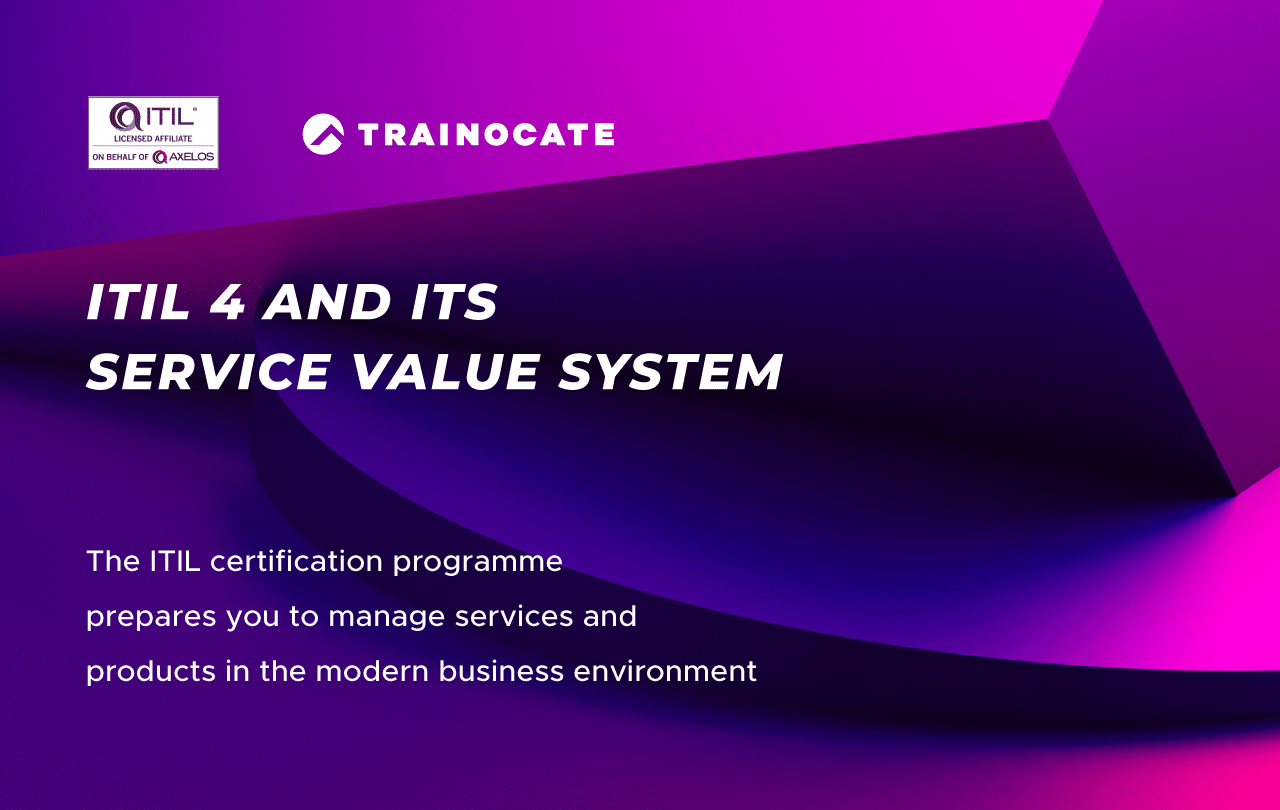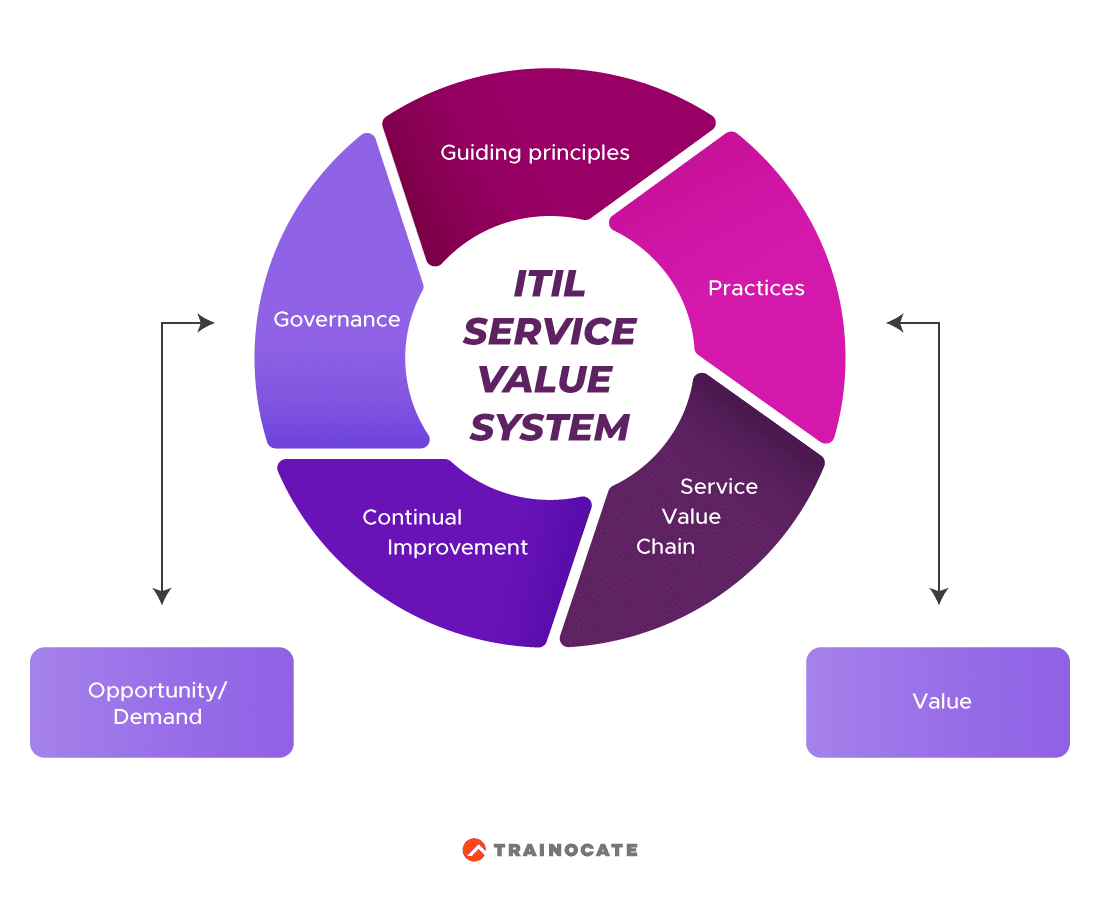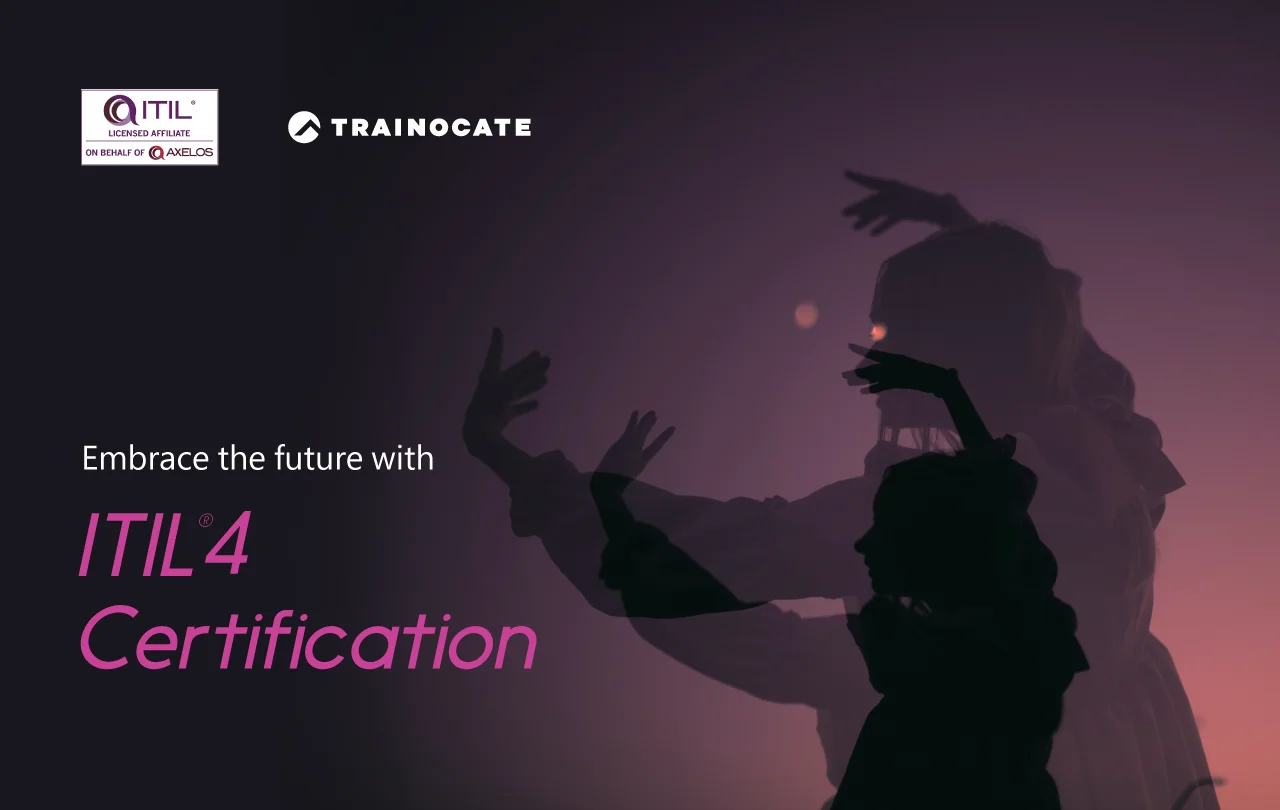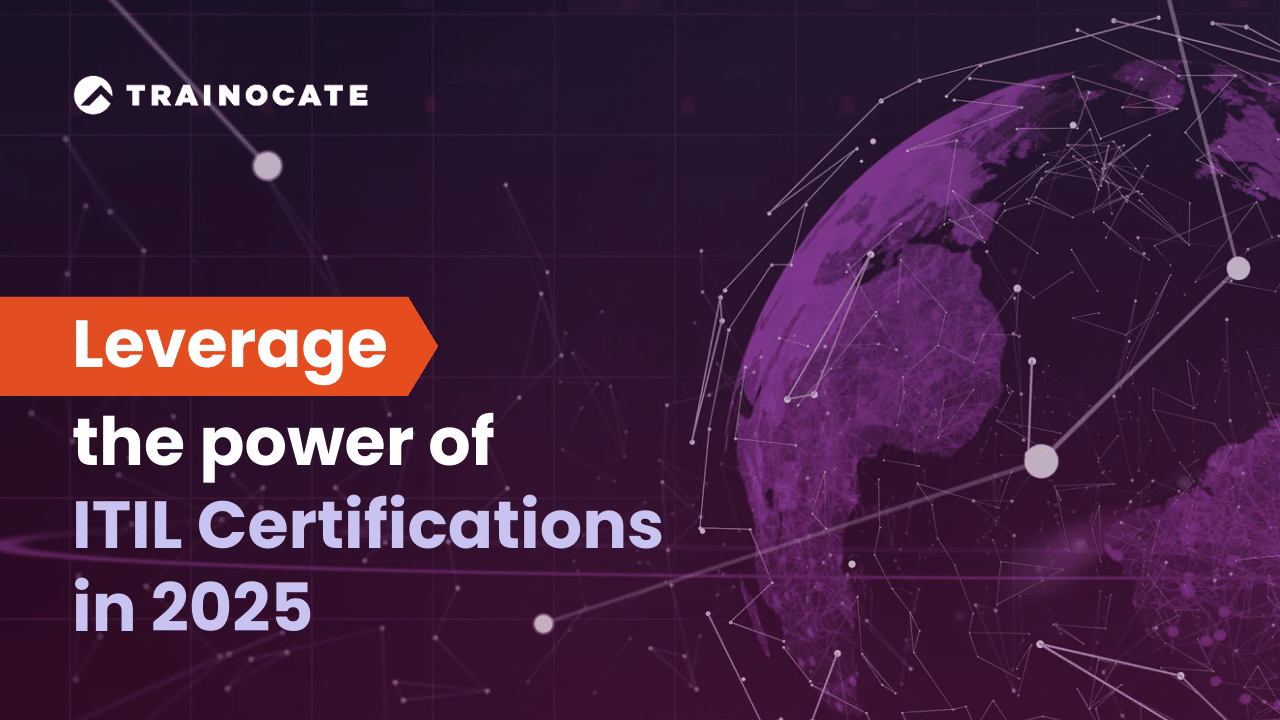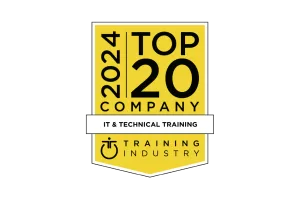ITIL 4 and its Service Value System
ITIL 4 and its Service Value System
Modern society has provided a purpose for technology to thrive and grow.
From the time that man and tool met, many advancements have leapfrogged ever since. With every advancement accomplished, technology has always remained at the disposal of man. This somewhat symbiotic relationship between society and technology has steered the world in massive developments, oftentimes, beyond the confines of our own expectations and yet the future still holds untapped potential for growth, especially within the area of digital technology.
And while digital technology continues to permeate our workplaces and daily lives, organizations and professionals are required to adapt to the new service culture to emerge and cope with a frenzied pace of change. ITIL 4 is a pliant framework for managing services within the digital era. Through the implementation of best practices modules, ITIL 4 helps to optimize digital technologies to co-create value with customers and clients, drive business strategies forward and embrace technological transformation. The latest iteration of ITIL is a natural evolution of the framework, which responds to the fast pace of technological change that organizations are now experiencing.
ITIL 4 training allows practitioners to progress their existing expertise in ITIL and capitalize on the opportunities that are arising from technological advances. With mobile devices, artificial intelligence, robotics, autonomous vehicles, internet of things, 3D printing and much more, IT services are everywhere. ITIL 4 supports practitioners in carrying out best practice with these services and gives them the tools to take part in this global digital transformation.
Disruption from digital transformation challenges how IT (Information Technology) is organized and managed. What is more, technology is increasingly integrating into businesses and directly affecting the customer and business experience. IT is no longer a support technology, but an enabler of innovation. It enhances competitive advantage, boosts productivity, and reduces costs.
ITIL 4 is the newest iteration of ITIL, that creates the foundation based on the core guidance of previous versions in providing comprehensive, practical and proven guidance. It supports traditional service management activities, for example, incident management and continual improvement, but can also be aligned to transformative technologies, such as Cloud, Automation, and AI.
It also works seamlessly with DevOps, Lean, Agile, and Axelos’ products such as PRINCE2® and AgileSHIFT®. It is the basis for the international standard ISO20000 and the workflows in many service management software platforms.
All ITIL 4 modules are associated with the comprehensive core guidance publication and a globally recognized professional certification, from which millions of professionals worldwide have benefitted. There have been numerous organizations that have increased their efficiency and customer satisfaction by adopting ITIL 4.
This blog post aims at highlighting the ITIL 4 Value System but before we jump into the thick of things, let us get a rough idea of what it is all about.
To ensure that an organization works properly, their service management elements are required to work together as a system and in tandem. ITIL 4 has introduced the Service Value System (SVS) to ensure that the organization creates value with all the stakeholders through the use and management of products and services.
The SVS consists of specific inputs, elements, and outputs relevant to service management. The key inputs to the SVS are opportunity and demand. The output of the SVS is value delivered by products and services.
- Opportunity refers to options or possibilities to add value for stakeholders or otherwise improve the organization.
- Demand refers to the need or desire for products and services among internal and external consumers.
The SVS represents how the various components and activities of the organization work together to facilitate value creation through IT-enabled services. To ensure a holistic approach to service management, ITIL outlines four dimensions of service management.
These are:
- Organizations and people – An organization needs a culture that supports its objectives, as well as the right level of capacity and competency among its workforce.
- Information and technology – In the context of a value chain, this includes the information, knowledge, and technologies required for the management of services.
- Partners and suppliers – This refers to an organization’s relationships with other organizations that are involved in the design, deployment, delivery, support, and continual improvement of services.
- Value streams and processes – How the various parts of the organization work together to enable value creation through products and services
The opportunity and demand set off activities within the ITIL SVS, and these activities lead to the creation of value. Similarly, it always enters the system, but the organization does not automatically accept all opportunities to satisfy all demands.
In service management, the success of an organization can be determined by two key capabilities:
- Organizational agility: The ability of an organization to move and adapt quickly, flexibly, and decisively to support internal changes e.g. organizational structure changes, technology changes, skill changes etc.
- Organizational resilience: The ability of an organization to anticipate, prepare for, respond to, and adapt to both incremental changes and sudden disruptions from an external perspective, i.e. PESTEL factors.
The ITIL SVS provides the means to achieve organizational agility and resilience and to facilitate the adoption of a strong unified direction, focused on value, and understood by everyone in the organization, while also enabling continual improvement throughout the organization.
The 5 elements which support the transformation of demand into valuable outcomes are defined as follows:
| SVS Element | Definition |
|---|---|
| Guiding Principles | Recommendations that can guide an organization in all circumstances, regardless of changes in its goals, strategies, type of work, or management structure |
| Governance | The means by which an organization is directed and controlled |
| Service Value Chain | A set of interconnected activities that an organization performs to deliver a valuable product or service to its consumers and to facilitate value realization |
| Practices | Sets of organizational resources designed for performing work or accomplishing an objective |
| Continual Improvement | A recurring organizational activity performed at all levels to ensure that an organization’s performance continually meets stakeholders’ expectations |
The ITIL 4 certification scheme can be adapted to the learning requirements of the individual and the organization. It uses a modular, tiered approach to allow you to develop a comprehensive view of service management or to focus on specific areas of knowledge.
Explore Trainocate Malaysia’s ITIL 4 courses to co-create value and drive organizational success in the digital era.
Frequently Asked Questions
What is the service value system in ITIL 4?
What is the ITIL service value system? The ITIL SVS describes how all the components and activities of the organization work together as a system to enable value creation. The SVS is made up of specific inputs, elements, and outputs relevant to service management. The key inputs to the SVS are opportunity and demand.
What are the components that make up the ITIL Service Value System?
Guiding Principles: These are recommendations on how to work, or make decisions, for example: focus on value, think and work holistically, or collaborate and promote visibility.
Governance: ITIL v3 covered Governance in the Service Strategy book focused on evaluating, directing and monitoring organisational performance but didn’t include it in the examinations. As a result, most practitioners weren’t exposed to the concept through training programmes. ITIL 4 repositions governance as a necessary component of the SVS that allows the provider to convert demand into value for one or more stakeholder.
Service value chain: This is a set of loosely coupled activities (or archetypes) that any service provider undertakes at some point (or even repeatedly). The service value chain is made up of six value chain activities – Plan, Engage, Design & Transition, Obtain/Build, Deliver & Support, and Improve.
Practices: One of the challenges with ITIL v3 was that although the guidance was quite vast (some might say too vast!), the reality was that most practitioners only saw small subsets, usually through the lens of training and exams or a consulting engagement. Thus, the world came to see ITIL as a process framework, which couldn’t be further from the truth! With ITIL 4, we moved the focus towards “practices”, which is a holistic view of the resources and capabilities needed to deliver service management work.
Continual improvement: The entire SVS is in scope for improvement! It’s not just practices that can be improved – the way the organization works and makes decisions can be improved; the way the provider evaluates, directs and monitors its performance can be improved; certainly, the way the organization converts demand to value can be improved.
